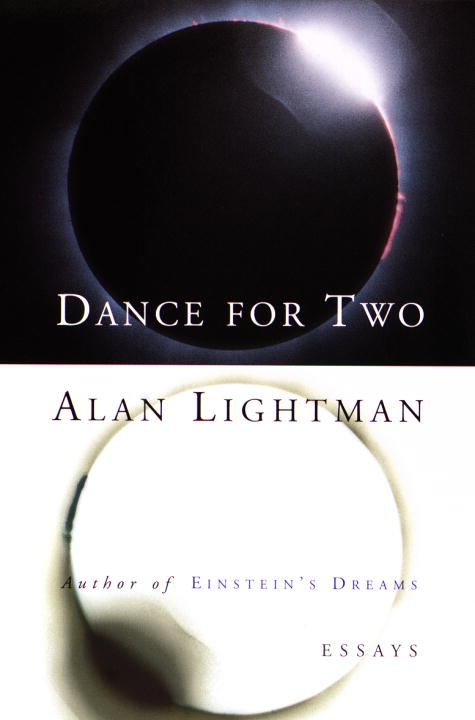Resources
Dalton and the Atomic Theory
This is one of the 18 Background Books published for Stage II of the Nuffield Chemistry Sample Scheme. The books were highly illustrated and designed to be attractive. This book describes early thinking about atoms that led, in time, to modern chemistry.
There are two parts to this book:
*Part 1: The...
This is one of the 18...
Dalton atomic model - R2P
This resource provides a lesson plan showing how a history-based approach can be used to teach a simple Dalton atomic model.
The research summary suggests a history-based approach improves pupils' understanding of atomic theory. Elements of this research are utlised within the lesson plan to show how and why...
Dam Algae!
This Problem Solving with Industry module was devised by the Centre for Science Education in collaboration with Yorkshire Water. In this module students study the problem of blue-green algae in an upland reservoir.
...
This item is one of over 25,000 physical resources available from the Resources Collection. The Archive Collection covers over 50 years of curriculum development in the STEM subjects. The Contemporary Collection includes all the latest publications from UK educational publishers.
This item is one of over 25,000 physical resources available from the Resources Collection. The Archive Collection covers over 50 years of curriculum development in the STEM subjects. The Contemporary Collection includes all the latest publications from UK educational publishers.
Damian Murphy: Music Technologist
A Catalyst article about the work of Damian Murphy a music technologist. Acoustics and sound are examined in addition to the physical modelling and acoustics of buildings and environments, both real and virtual.
This article is from Catalyst: GCSE Science Review 2007, Volume 17, Issue 3.
...

The author of 'Einstein's dreams' now presents a collection of essays, written over the past 20 years, that displays his genius for bringing literary and scientific concerns into ringing harmony. Sometimes...
This book, written by the winner of the Wolf Foundation's Prize in Physics, tells the story of the author's life's work using simple cartoons, anecdotes and humour to convey the significance of findings in his field.
The engineers behind the Watt Nightclub in Rotterdam turn the energy created by clubbers on the dance-floor into power for the lighting. There is even a giant battery to monitor the energy and encourage the crowd to dance more. These resources look at how colour can affect mood and at how electric power can be...
